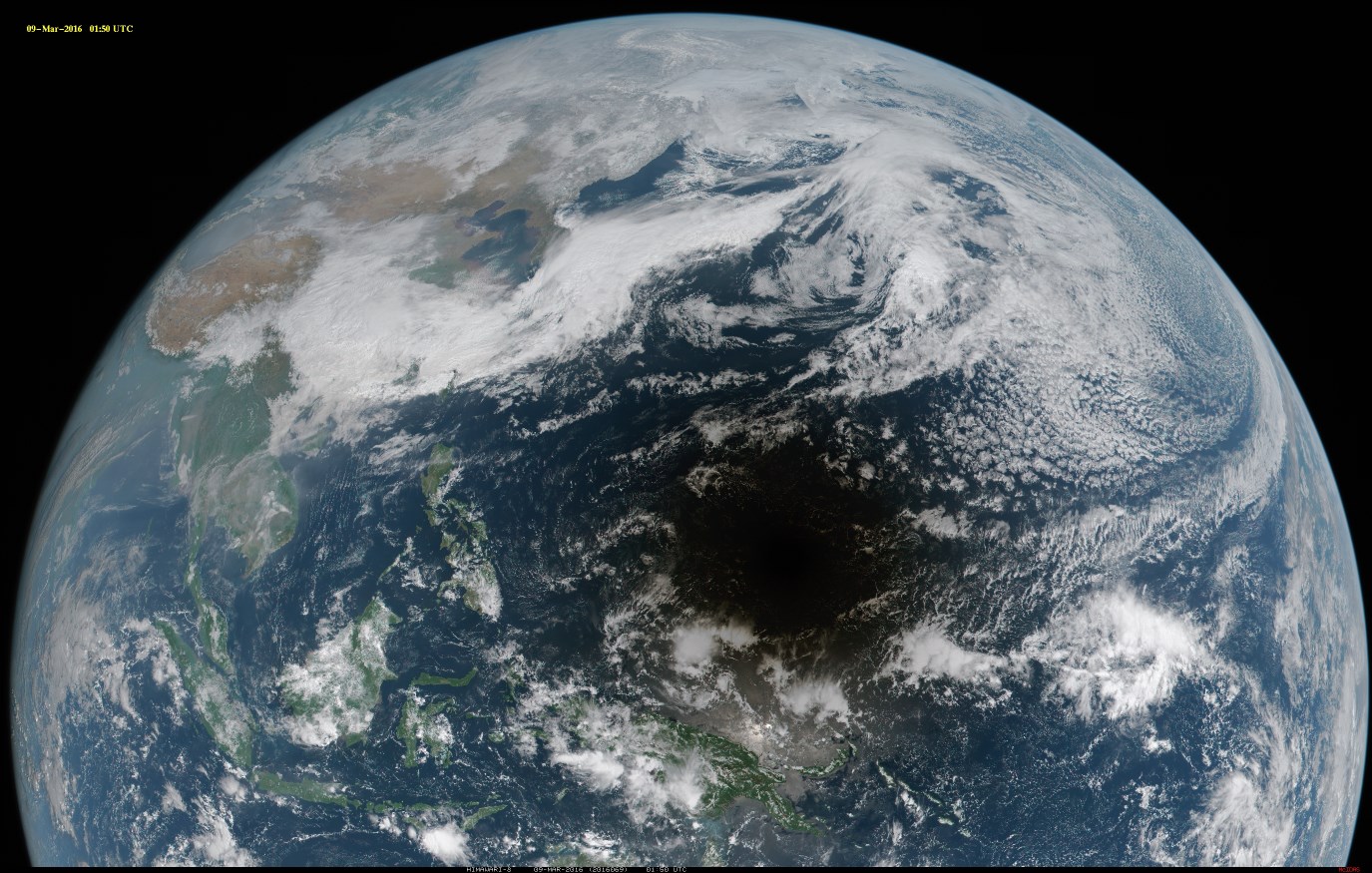
[ Archive ]

 |
CIMSS-NOAA Weekly Report
[ Archive ] |
 |
IN THE PRESS:
ITEMS FOR THE ADMINISTRATOR:
ITEMS FOR THE ASSISTANT ADMINISTRATOR:
Pavolonis Wins 2015 American Astronautical Society Earth Science and Applications Award: Michael Pavolonis (NOAA/NESDIS/STAR) received the 2015 American Astronautical Society (AAS) Earth Science and Applications Award. The award, which was presented on March 9, 2016 at the 54th Robert H. Goddard Memorial Symposium in Greenbelt, MD, is for “developing cutting-edge methods to convert satellite data into actionable information for mitigating hazards caused by volcanic eruptions and severe convection.” As conveyed in Dr. Pavolonis’ acceptance remarks, extracting information from environmental satellites that helps identify and forecast natural hazards strongly supports NOAA’s mission. As NOAA transitions to the next generation of environmental satellites in the near future, applied research will help ensure that those satellites play a significant role in protecting life and property. (J. Key, E/RA2, 608-263-2605, Jeff.Key@noaa.gov) (Click image to enlarge)
Figure caption: Mike Pavolonis (NOAA/NESDIS/STAR), winner of the 2015 American Astronautical Society (AAS) Earth Science and Applications Award, is pictured to the left of Jim Lovell (former NASA astronaut and Apollo 13 commander), winner of the 2015 AAS John F. Kennedy Astronautics Award.
ITEMS FOR THE OFFICE DIRECTOR, STAR:
Observing the Solar Eclipse Shadow over the Pacific: Several animations were built and posted from five geostationary imagers showcasing the solar eclipse shadow as it moved across the Pacific Ocean on March 9, 2016. The animation from Japan's Advanced Himawari Imager (AHI), due to the color and temporal resolution is especially spectacular:http://cimss.ssec.wisc.edu/goes/ahi/YouTube_AHI_Solar2.html. Feedback on this animation from Geostationary Operational Environmental Satellite (GOES)-R Education Proving Ground teachers included: "AWESOME! Thanks so much for sharing! My classes and I enjoyed it!" and "I’ve never thought about the eclipse from that angle". More information can be found regarding this case on the Cooperative Institute for Meteorological Satellite Studies (CIMSS) Satellite Blog: http://cimss.ssec.wisc.edu/goes/blog/archives/20899. (T. Schmit, E/RA2, 608-263-0291, tim.j.schmit@noaa.gov; Y. Sumida, JMA; S. Bachmeier, CIMSS, 608-263-3958; S. Lindstrom, CIMSS/SSEC, (608) 263-4425)
 (Click image to enlarge)
(Click image to enlarge)
Figure caption: Himawari-8 AHI true color image (Simple Hybrid Contrast Stretch) at 01:50 UTC on March 9, 2016.
KORUS-AQ Science Team Meeting Presentation: The Korean-US Air Quality (KORUS-AQ) is a joint American and Korean field experiment that will take place from April to June of this year. A. Heidinger gave a remote briefing on his plans for contributing to KORUS-AQ at the science team meeting earlier in the week. Andrew Heidinger and others at the Cooperative Institute for Meteorological Satellite Studies (CIMSS) are funded to provide remote sensing data over the Korean Peninsula from the HIMAWARI-8 Advanced HIMAWARI Imager (AHI). The initial use of the data will be for planning the flights of the research aircraft. CIMSS scientists will not only provide data, they will contribute to the study of the influence of Asian dust and pollution on the evolution of clouds and precipitation. This experience will give insight in how to effectively serve data in the GOES-R era. (A. Heidinger, E/RA2, 608-263-6757, andrew.heidinger@noaa.gov, S. Wanzong, CIMSS, steve.wanzong@ssec.wisc.edu, A. Walther, CIMSS, andi.walther@ssec.wisc.edu)
ITEMS FOR THE DIVISION CHIEF, CoRP:
Seminar on Volcanic and Severe Weather Hazards: Michael Pavolonis (NOAA/NESDIS/STAR) gave a seminar entitled “Remote Sensing Science for Mitigation of Volcanic and Severe Weather Hazards” at the Earth System Science Interdisciplinary Center (ESSIC) in College Park, MD on March 8, 2016. The presentation was well received and spawned several interesting discussions. In addition, M. Pavolonis met with several NOAA colleagues stationed in College Park, MD to discuss ongoing collaborations and projects. (M. Pavolonis, E/RA2, 608-263-9597, Mike.Pavolonis@noaa.gov)VISITORS:
NEXT WEEK:
LOOKING AHEAD:
| Archived Weeklies Page | Submit a report item |